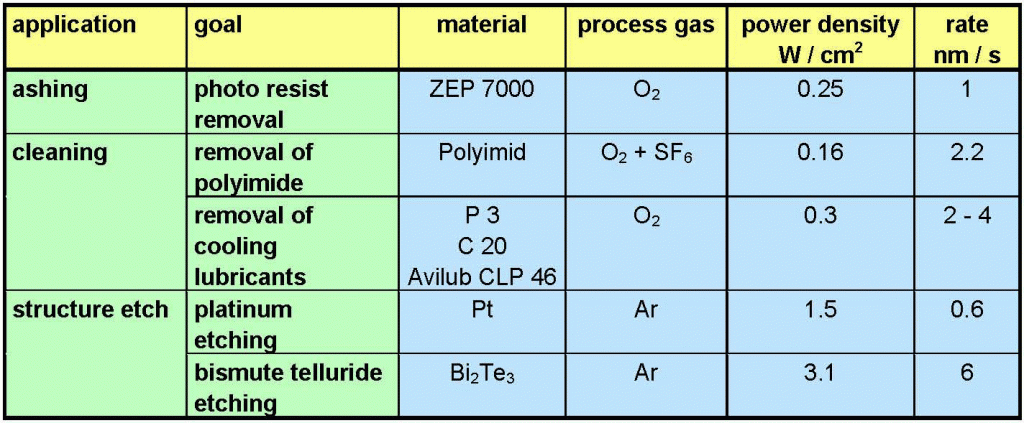Fig 1. Comparison of different substrates before and after Plasma Activation
(Process Gas: O2, Power: 400 W, Axial Distance: 5 mm, Process Time: 20 s)
Polymers have low surface energies, respectively, and are hydrophobic which may cause problems when using water-based inks for example. Thus, they must be chemically modified prior to painting. For that purpose, plasma has proved to be very efficient and plasma activation provides a substitute for current bonding agents, that more than likely are not good for health and for the environment.
Additionally, there is no limitation with regards to the geometry of the substrate as well as the type of polymer, since temperature does not increase significantly during the process. And the topography of the substrate is mostly unchanged, as the uppermost monolayers are slightly affected.
For activation processes the typical plasma gases used consist of oxygen and sometimes nitrogen or ammonia. If oxygen is the chosen gas, it is possible to modify organic surfaces in such a way that they carry certain groups like hydroxyl, carboxyl, carbonic acid and peroxide. Using nitrogen or ammonia leads to amine and imine groups, which may also be of interest in certain applications. These polar hydrophilic groups change the surface from not wettable to wettable. The activation process can be a short as a few seconds. After the activation the substrate and/or work pieces are prepared for direct subsequent treatment, and sometimes in the same plasma system.
Typical utilization for this well developed plasma technology and techniques are represented in a variety of industries including automotive production, i.e. varnished polymer parts.
Here are just some of the advantages:
Process
• 1. very good adhesion
• 2. better uniformity, reduced variability of the paintwork results
• 3. high stability
• 4. easy control
• 5. applicable to sensitive, thermo-labile materials
Economy
• 1. no cost associated with disposal
• 2. no need for drying
• 3. low consumption of plasma gases
• 4. no need for adhesion primer (typically the primer is problematic with the environment)
Ecology
• 1. solvent free
• 2. no critical waste
• 3. integrated environmental protection

